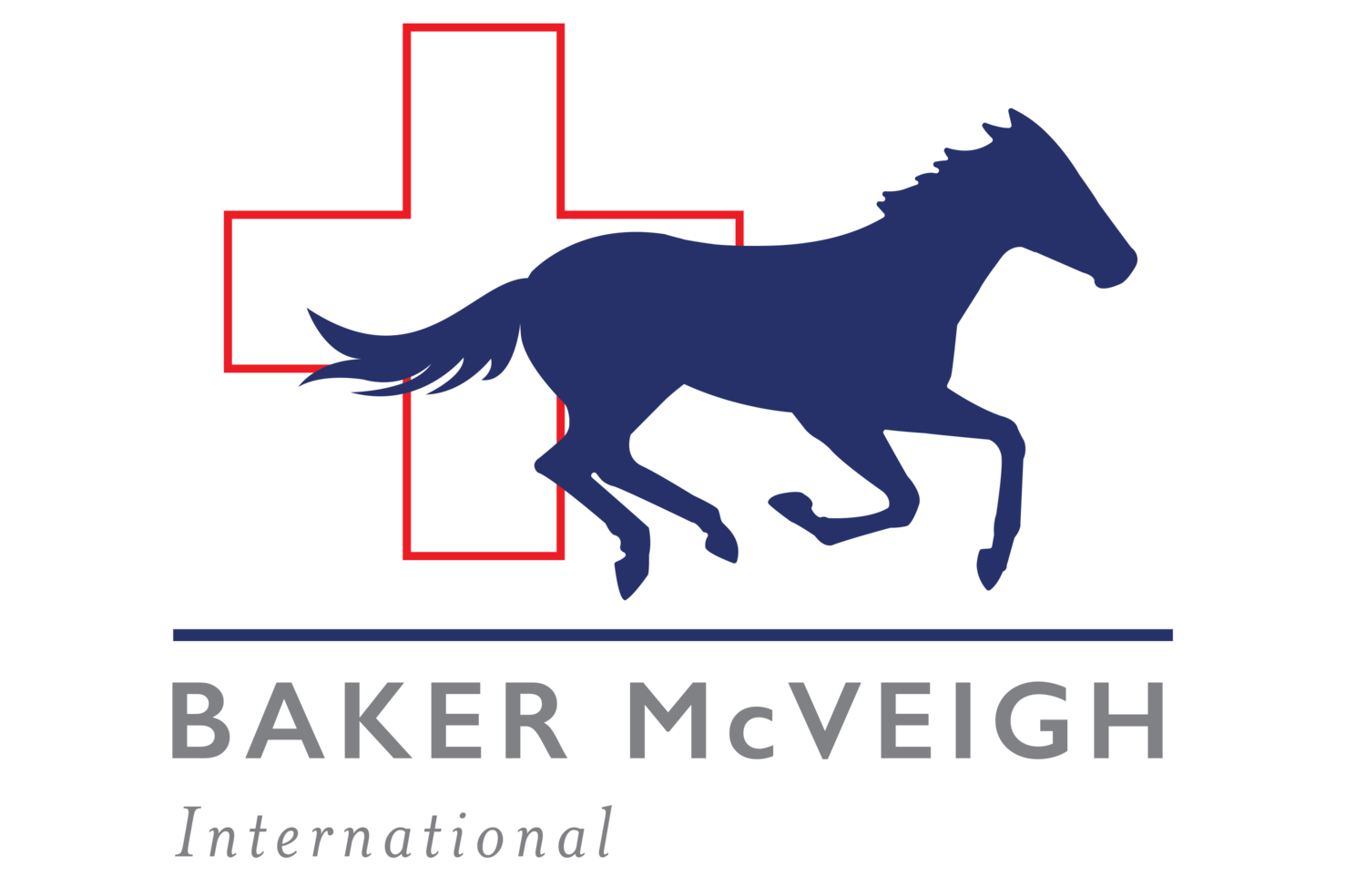Pedal Bone Fracture
The pedal bone?
The pedal bone, also called the third phalanx, the distal phalanx or the coffin bone, is the last bone in the horse’s foot. It is encased by the hoof capsule and forms the “coffin joint” with the pastern bone (also called the second phalanx).
Despite the protection provided by the hoof, the pedal bone can be injured and fractured, although fractures of the pedal bone are an uncommon cause of lameness compared to other conditions that can affect the foot.
Commonly fractures of the pedal bone are classified according to the shape of the “fracture line”, taking into account whether or not the joint is involved. There are 7 types of pedal bone fractures; (see image above right)
How do horses fracture their pedal bone?
The most common cause of a fractured pedal bone is a single event trauma. A horse kicking his stable wall, for example, can cause the pedal bone to fracture within the hoof capsule.
What should I look for?
In the acute phase of the process, all types of pedal bone fractures will present themselves quite similarly;
- The horse will be moderately to severely lame; the lameness can increase within the first 24 hours. Some horses only show a mild lameness which can be difficult to differentiate from other causes of foot problems.
- An increased digital pulse will be present, usually the foot is warmer than the other.
- The coffin joint may be distended if the joint is involved in the fracture.
- Swelling in the pastern area may be present.
- Testing with hoof testers can be positive but not in all horses.
What will my veterinary surgeon do?
It is important to understand that it is not always easy to differentiate pedal bone fractures from other causes of foot lameness, even for the veterinary surgeon. Horses with a foot abscess for example, a far more common pathology in horses, can show the exact same symptoms. Logically the veterinary surgeon will not always suspect the horse to have a pedal bone fracture at the first examination.
The veterinary surgeon will take x-rays of the foot in order to look for a fracture line. Some fractures may not be apparent on the initial radiographic examination and the x-rays should be repeated in two weeks if necessary. In two weeks the bone around the fracture line will have resorbed (a normal physiological process in fracture healing) which will allow the veterinary surgeon at that time to diagnose the fracture on the x-rays.
How do we treat pedal bone fractures?
Pedal bone fractures will heal with fibrous tissue (called fibrocartilage) filling the gap between the two pieces of bone. With time this fibrocartilage will ossify leading to a normal looking radiograph.
If the fracture involves the joint this could cause the joint surface to not be perfectly aligned with osteoarthrosis as a result. Therefore in some situations it can be best to put a screw (surgery).
Treatment of a pedal fracture consists of two aspects;
- Stall confinement
- Stabilisation of the pedal bone by corrective shoeing, a foot cast or placing a screw (surgery)
1. Corrective shoeing
The corrective shoeing for pedal bone fractures can be done in several ways and involves stabilising the hoof capsule through the combination of specific bar shoes and enlarged quarter clips.
The foot should remain shod for serval months with this shoe, being replaced every 4-6 weeks. When the horse improves clinically a less invasive shoe may be used.
2. Stall confinement
The horse should be box rested for an extended period of time (months) with regular follow-up veterinary examinations. Based on clinical lameness, type of pedal bone fracture and healing on radiographs walking can be slowly introduced.
3. Surgery
Surgery is usually only opted for when there is significant joint involvement and incongruency at the joint surface. It involves placing a screw across the fracture line to try reduce and stabilise the fracture.
What’s next?
The prognosis for fractures that don’t involve the joint surface is good, although it still varies according to the severity of the fracture. Fractures involving the joint surface have a poorer prognosis due to the osteoarthritic change that can develop within the joint.
If you have any questions regarding pedal bone fractures feel free to contact your Baker & McVeigh veterinary surgeon.


